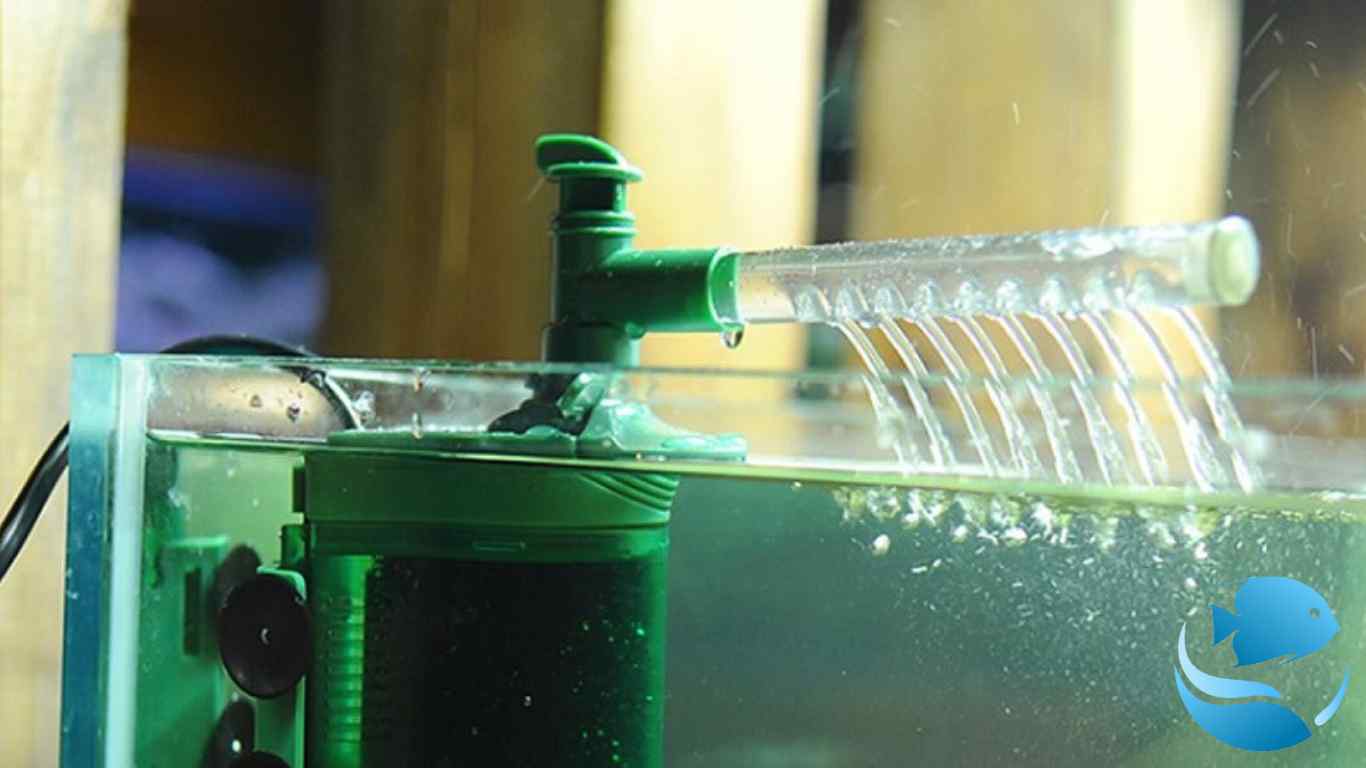
The maintenance of your aquarium is essential for your fish to live in a healthy and favorable environment. But you still need to know how and when to do it. In this article, we reveal to you all that you should know to create an environment adapted to your specimens.
The importance of maintaining your aquarium
Have you ever imagined living in a house where no one cleans or cares about the state of the place? Not very pleasant, is it? Well, your fish will experience this if you don’t keep your aquarium clean. It should be noted that these animals, which seem to swim peacefully inside, also do their business inside. Therefore, it is normal for this environment to become dirty over time.
Moreover, when we feed them, there are always remains or crumbs that are not ingested. These can accumulate, either at the bottom of the pond or on the sides. Apart from that, the water should also be changed regularly enough to provide a favorable and healthy environment for the little creatures.
What exactly is a pump?
An aquarium pump is an important part of your pond. Indeed, this equipment is mainly used to purify and stir the water. Its function is to remove all kinds of dirt that clumps and accumulates inside. In a way, it tends to depollute the liquid and helps to provide oxygen.
Some pump models even create currents that encourage animals to move around so that they don’t remain inactive. This device is different from a filter. Many aquarium hobbyists confuse these two accessories. This may be due to the fact that manufacturers often combine the two in a single package. Therefore, few people know the difference.
Pump maintenance and cleaning frequency
If you have a filter pump, you should know that it combines the two functions of filtration and pump. In addition, this mechanism retains any material that may be suspended in the water. This obviously includes fish waste, food waste and even vegetation debris.
It is recommended that you perform monthly maintenance on this element and its rotor. You can use specific cleaning kits to do this. Note that some stores offer sets of gloves, sponge or scraper. You can also use a simple used toothbrush to reach difficult areas and remove clogging impurities. Make sure all areas are well treated for best results.
The role of a filter in a tank
Every aquarium should incorporate a purification system to create a suitable environment for fish. As previously mentioned, it is often combined with a pump, as the two devices complement each other. Indeed, the pump allows the water to circulate towards the filtration masses for a cleaning of the liquid.
Since the pond contains all kinds of impurities (excrement, food remains), the filter degrades them little by little. In other words, it ensures that the organic matter present is gradually eliminated. It can also transform ammonia from fish excrement into nitrates. In short, this element plays an essential role so that your animals can enjoy a favorable environment for their development.
Maintenance of the filtration system
To do this, you should perform a recurring cleaning or rinsing of the filter foam (or mass as the case may be). Perform this operation when you see that there is some saturation inside. Therefore, remove a little liquid, between 15 and 40% of the total and change it.
If possible, do not use tap water as it contains chlorine. This would kill a large proportion of the necessary bacteria that act as biological scrubbers in the pond. If you notice that after a few months the foam is becoming too “porous”, it should be replaced. Be careful not to remove the entire block, but simply cut it in half. This way, the useful microorganisms present on the remaining part will colonize the new one.
Changing the water is also a must
The liquid should also be renewed periodically. However, it is important to note that the proportion of water to be removed depends on the aquarium in question. In other words, you should take into account the size of your tank, the type of fish and your filtration system.
As a general rule, for a standard sized element (70 to 125 l), you should change about 16 to 30% of the volume. This should be done either weekly or biweekly. On the other hand, if the aquarium is small enough (less than 60 l), it is recommended to remove 26-40% of its contents. If you use tap water, it must be treated with a conditioner to remove the chlorine. During this operation, you can take the opportunity to clean the walls with a scraper.
Things you should avoid
There are a few things you should avoid if you are new to aquarium keeping. The first one is to “overcrowd” the tank in question. Indeed, when you don’t know much about aquaristics, you may be tempted to put in many varieties of fish. The best would be to keep two or three specimens in a single environment.
Secondly, you are advised against having synthetic plants. While these may be beautiful to look at, they do not provide any real benefit to your animals. They may even restrict their freedom of movement by cluttering the aquarium.
Then, avoid overfeeding your little creatures. This may pollute the interior of the tank since domesticated fish species are not big eaters. Finally, do not use a lighting system that is too bright, as this will lead to the proliferation of unwanted algae.
Recommended Reading
What does an air filter do in an aquarium and how to install one
- Feeding Eggs To Fish - December 27, 2022
- Cure Swim Bladder Disease In Fish - December 27, 2022
- Can Damaged Fins Grow Back? - December 27, 2022
